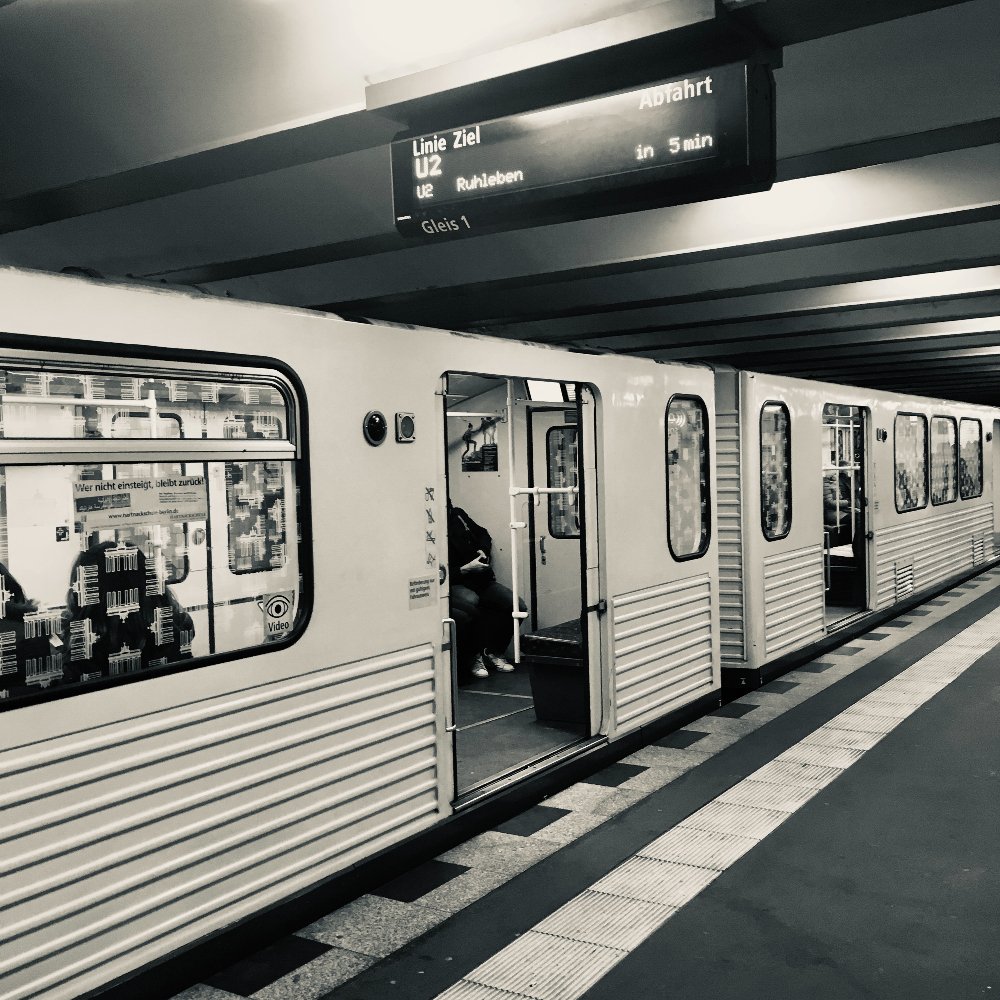What We See 04: Sonnenallee Onwards
/WHAT WE SEE is a new series of feuilletons to be published on Elsewhere, born out of a new project inspired by the work of the Austrian-Jewish writer Joseph Roth. On 11 March 2023, the first WHAT WE SEE event was held in Berlin, and the first four essays to be published were read by their writers at Lettretage, along with a discussion around Joseph Roth and his life and work.
Project Editors: Sanders Isaac Bernstein, Julia Bosson, Paul Scraton & Alexander Wells
By Tom Rollins:
“It’s a grotesque contradiction, a spring evening in this part of town whose grime and greasepaint don’t so much conceal its Levantine-working-class nature as emphasize it”––only it’s winter now, late cretaceous tail-end of it at least, never ends until it does, sudden and too late.
And anyway, here and now, the contradictions are grotesque but related to different things, different people.
*
Passing the old petrol station and the Damaskus Konditorei, a newspaperman trying to interview someone on the street about the ethno-political significance of fireworks and who exactly is it that actually runs these shawarma restaurants, I am distracted momentarily by a man in a tarboush, red-velvet and tassel-topped, who is pushing a trolley full of cardboard boxes along the pavement. It is distracting—an orientalist cartoon for the feuilleton emplotted onto a street named after the sun that somehow always feels cold as concrete.
But despite others’ best attempts, nothing here takes precedence. This is a mid-morning corso of faces, snatches of conversation, wholesale delivery men forever moving boxes into shopfronts.
As I keep walking, someone is shouting the prices of vegetables, first in Arabic and then in German. Two young lads, arms interlinked, greet an older man, surprised, with a familiarity that is years old, from another place. “Peace be upon you, uncle, how are your things? When did you arrive?” Theirs are warm, knowing smiles that acknowledge the distances required for this conversation to be happening here.
*
A Syrian storyteller said recently that, here, “even a plate of hummus isn’t like the plate of hummus [one] knows from back home…a bag of za’atar isn’t either.”
It is, at the same time that it isn’t. Community that is not quite community, common access. Tied together by a loose thread, a street.
*
Oh by the way, the other day I was reading my copy of Roth while waiting for the M41 opposite Pannierstr. Roth was either in the middle of describing the city as framed by an apartment window-frame or the other way round. I forget.
I was holding the book in my left hand, my peripheral vision looking down framed by dragon-skin cobblestones and a smashed bottle of Pilsner Urquell. I couldn’t concentrate.
And then I heard an Irish guy on a date, waiting at the bus stop, saying, “Well yeah…so the reason it’s called Kreuzkölln is because it’s more like Kreuzberg than Neukölln, the restaurants are nicer, even though it’s still in Neukölln.”
*
Off the bus, further south, the city’s dinosaur bones start to bear themselves, vertebrae-bumps of cast-iron and brickwork still traceable by hand and foot.
Two bricks thick, the cobbled trace of the Berlin Wall darts off, crosses a road past a Lidl then takes in a really big breath. Shape-shifting through a 19th-century railway arch, it reappears on the other side, and casually walks off down the pavement.
The Ringbahn passes overhead, and a new addition to the dual carriageway ringroad is being built underneath it. Somehow in between, an A-road leads south toward forgetful commuter towns. The canal is never far away.
Dumper trucks are shipping the sandy, loamy earth away from a construction site for the new road—how many more of them would it take to uncover all that has happened here?—digging beyond the wasteground shrubs, plastic bottles and crisp packets, past the concrete foundations of the Wall and through the underlying strata of abandoned wire-frame spectacles, rotting leather boots and saxophones, Prussian moustaches, novels about aristocratic romances frustrated in corsets and drawing-rooms.
This is what the graves of dinosaurs look like, the evidence of mass dying, bones on bones.
***
Tom Rollins is a researcher and writer from the north of England, based in Berlin after several years in the Middle East. He's interested in place and displacement, political geography, walking, and Syria.








